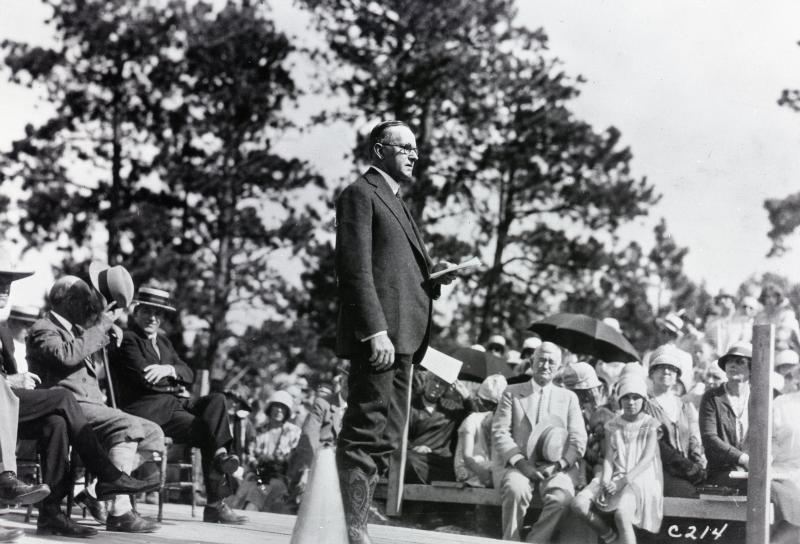Published in the midst of the “Great Society” Era, McCoy’s interpretation of Calvin Coolidge strikes the reader as a calculated compromise with the times. McCoy cannot quite sympathize with Coolidge as Fuess did (eighteen years before) nor can he join White, Hoover, Schlesinger, and others in venomous indictment but he still has to find grounds for criticism. This is encountered from Cal’s handling of the Boston police strike to his failure to halt the speculation that led to the Stock Market Crash eight months after he left public life, at least according to McCoy. McCoy navigates a middle course overall, as our friend has noted, no less constrained by the temperament of his era than he attributes Coolidge to be in his own. While there is certainly less hostility in McCoy’s work than in the treatments of the preceding generation toward Cal, he still heaps unwarranted complaints against him for being reactionary in 1919 when the issues and attitudes were very much with then-Governor Coolidge, anything but out of touch. McCoy’s book, a product of its time, would finally receive due analysis in Thomas B. Silver’s excellent study, Coolidge and the Historians. Dr. Silver would not only expose the errors in the assumptions and preconceptions that had been thrown up against Cal for some forty years he would persuasively argue where McCoy and his forbears got it dead wrong when it came to #30.
Check out our friend’s review and please pick up a copy of Dr. Thomas Silver’s indispensable and timeless work, Coolidge and the Historians.
